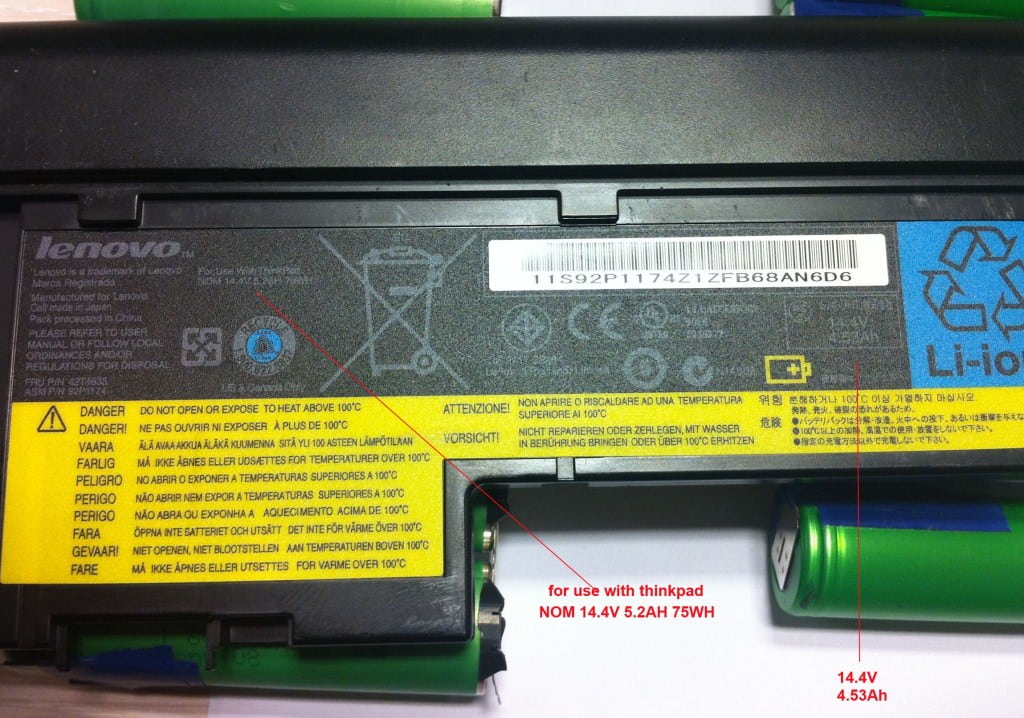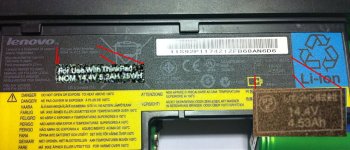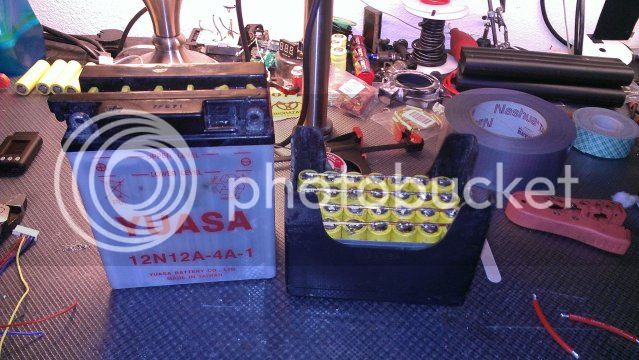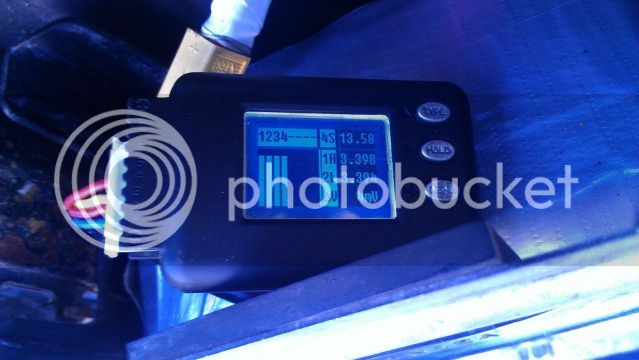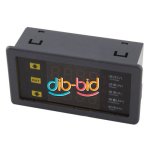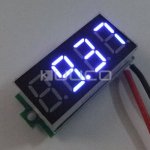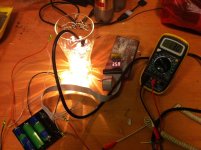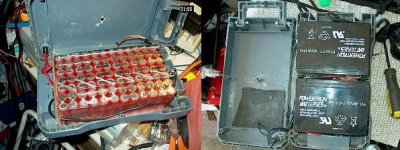DrkAngel said:
I finally acquired a 30V capable voltmeter with 100ths V capability.
Combined with a cheap Ah meter, I was able to measure AHs on my recycled Lipo pack build. (Lithium ion (cobalt))
7S, 25.9V, 25.92 (rated) Ah
18.4Ah - (25.9V-29.4V) = 3.7-4.2V = 70% of rated
I decided to determine additional capacity added by various charge voltages.
1st - charged pack to 28.7V = 4.1V per cell
2nd - charged pack to 29.05V = 4.15V per cell (+1.06 Ah) 5.76% of full charge
3rd - charged pack to 29.4V = 4.2V per cell (+.79 Ah) 4.3% of full charge
(4.1V to 4.2V = 1.85Ah, 10.16% capacity. )
Note - Ah recorded when charge rate diminished to .01C = .15A
...
I thought it might be illuminating to gauge the capacity of my lithium-ion (Cobalt) Lipo pack.
Method -
Begin with cells at 3.5V (my recommended minimum voltage)
Precisely charge to 3.6V - measure Ah needed
Repeat at .1V intervals until 4.2V (my recommended maximum voltage)
Tools -
MeanWell 24V bulk charger (19.8 - 29.8V adjustable)
30V 4 digit volt meter, 100ths capable
Ah meter
I discharged my 25.9V recycled Lipo pack to 24.5V.
Then precisely equalized the cells at 3.50V.
I applied charge with MW (MeanWell) set to:
25.20V (3.60V) - full charge required .27Ah
25.90V (3.70V) - full charge required .53Ah
26.60V (3.80V) - full charge required 3.87Ah
27.30V (3.90V) - full charge required 3.15Ah
28.00V (4.00V) - full charge required 4.60Ah
28.70V (4.10V) - full charge required 4.10Ah
29.40V (4.20V) - full charge required 1.85Ah
(
Ah is capacity between each .10V)
----------------------------------------
Total. .................... 18.37Ah
Ah capacity previously confirmed with -
iMax B8 full charge ..... 18.4Ah
I was both disturbed and inspired at the lack of capacity below 3.7V
With these cells ... discharging below 3.7V is needlessly damaging.
Almost 90% of the usable Ahs is between 3.7V and 4.1V.
Of course, more precise measurement should be made near 3.7V & 4.1V!
Remember! Every formula of battery has a different discharge profile.
Other lipo have displayed excellent capacity even to 3.4V.
PS Re-balancing-equalizing, with cells at 4.1V
Better chart?
24.50V (3.50V)
charge .27Ah =
25.20V (3.60V) -
charge .53Ah =
25.90V (3.70V) -
charge 3.87Ah =
26.60V (3.80V) -
charge 3.15Ah =
27.30V (3.90V) -
charge 4.60Ah =
28.00V (4.00V) -
charge 4.10Ah =
28.70V (4.10V) -
charge 1.85Ah =
29.40V (4.20V) - f
----------------------------------------
Total. .................... 18.37Ah
